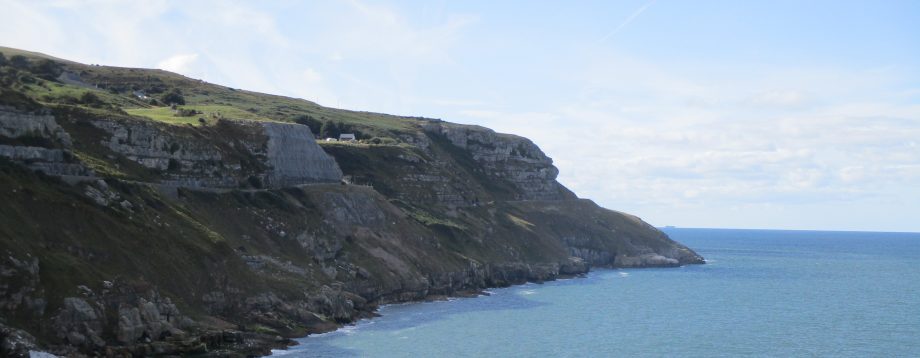The Museum of Timekeeping is in the Grade II* Upton Hall in Nottinghamshire, the home of the British Horological Institute. It’s been somewhere I’ve meant to visit for a while and I finally managed it in September before it closed for the season (it has very limited opening hours between May – September). It’s a working museum with lots of clocks, watches and other devices ticking away as you make your way around.
The Museum was opened in 1994 and had a far more varied collection of items on display than I’d been expecting. Some of the key things they have are the original speaking clocks which you can actually see and hear working; the current speaking clock, digital rather than magnetically recorded, is still used by around over 30 million people a year.
There were some really beautiful clocks on display such as this Louis XIV style French clock in a tortoise-shell and brass decorated case,
and this Andrew Allum lantern clock. The lantern clock predates use of the pendulum and is powered by a weight; it had to be rewound by hand three times a day.
They also have the watch that Captain Scott used on his expedition to the South Pole. The watch was set to go off every two hours which is the maximum amount of time that Scott was able to sleep before needing to warm up to avoid hypothermia.
The building itself is also very impressive. It has been the home of the British Horological Institute since 1972. The current hall was built by Thomas Wright in 1828 and has some impressive detailing inside, as well as a stage and ballroom.
You are also able to go into the garden where I spotted this very pretty dragonfly.
You can find more photos here.










Interesting place
LikeLike
Many thanks for writing about us, and really glad you enjoyed your visit.
Gilly at the Museum of Timekeeping
LikeLike